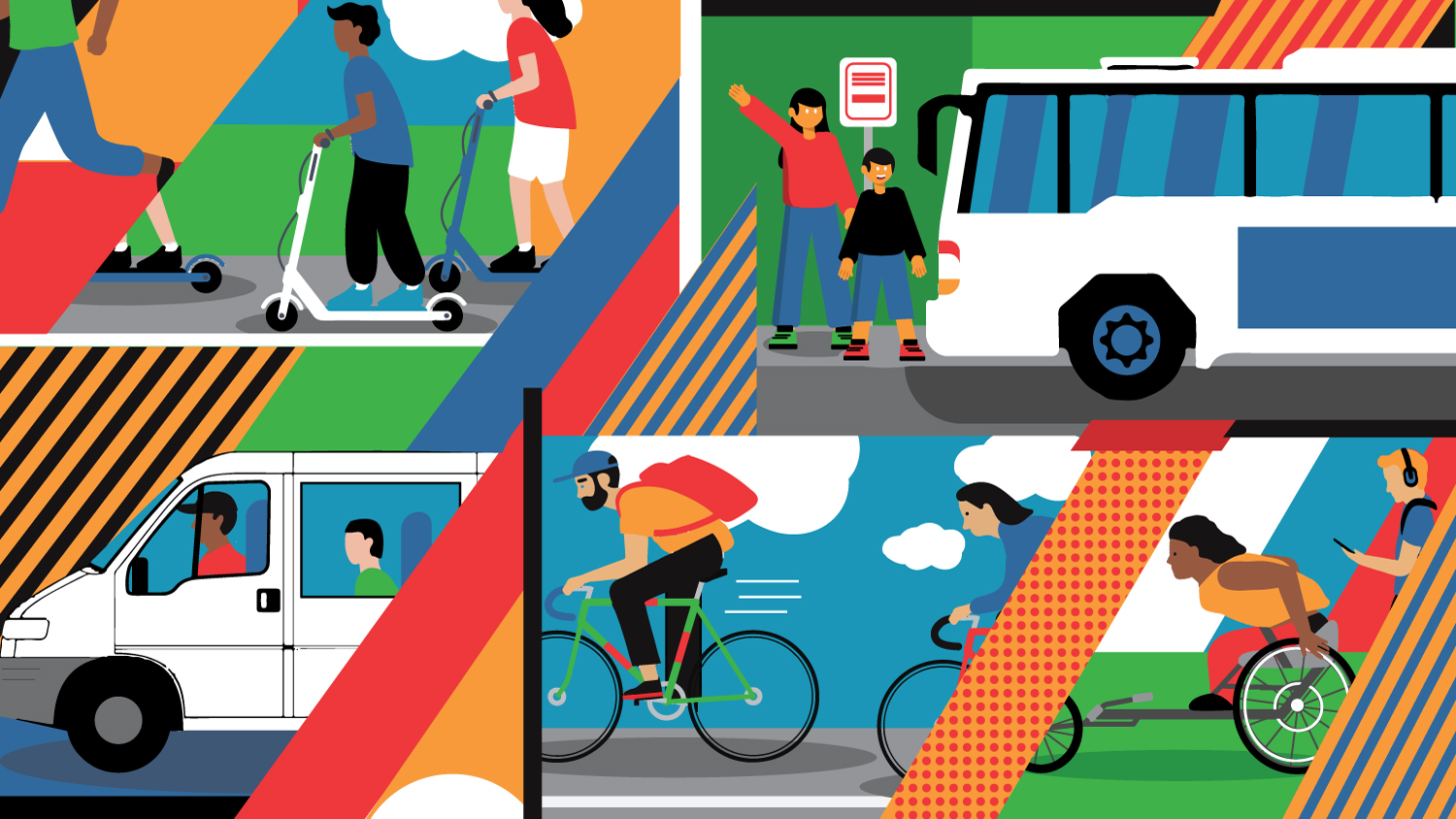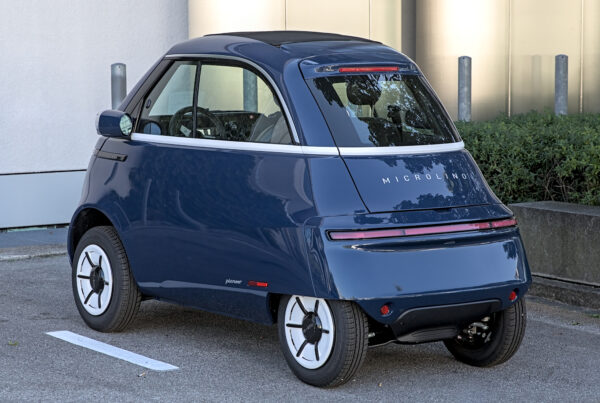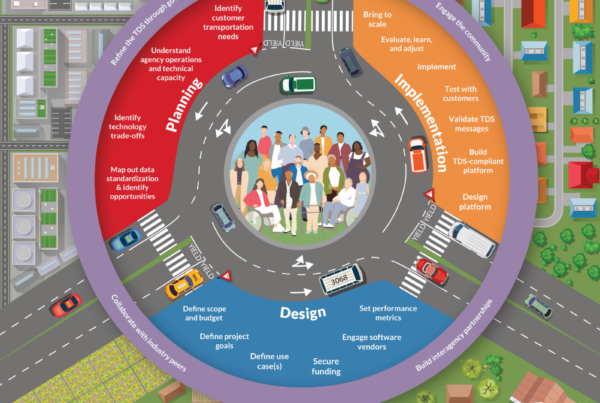Through action and accountability, a partnership of more than 50 cross-sector stakeholders will steer and accelerate the underutilized, billion-dollar shared mobility industry
IMMEDIATE RELEASE
NOVEMBER 2, 2022
CHICAGO – Today, over 50 public, private and nonprofit organizations released the full text of the Shared Mobility 2030 Action Agenda, the centerpiece of a one-of-a-kind initiative for advancing shared mobility, which holds its members accountable to a to-do list of actions that will accelerate and steer the shared mobility marketplace to its full potential.
The launch comes as civil society convenes to negotiate climate solutions at COP-27, the Conference of Parties of the United Nations Framework Convention on Climate Change. While shared mobility has the potential to provide cleaner, more accessible, more equitable transportation options, the United Nations Technology Executive Committee and the Climate Technology Centre and Network report for COP27 finds that “the activities and performance of the shared mobility is likely to play a minor role in deep decarbonization.”
“We are at a critical tipping point where the transportation needs of our world can be met with a growing shared mobility industry,” said Benjamin de la Peña, CEO of the Shared-Use Mobility Center, which is convening the initiative. “However, global climate leaders continue to underestimate, underfund and undervalue shared mobility, which has the greatest potential to provide cleaner, more accessible, more equitable transportation options to more people than any other single clean transportation solution. In the face of inaction, we’re mobilizing and empowering government agencies, private companies, and nonprofits to hold themselves accountable to advancing people-focused mobility that fights climate change and promotes equity.”
The shared mobility market accounted for approximately $130 billion to $140 billion in global consumer spending in 2019. Estimates show that micromobility could reach a consumer-spending potential of $300 billion to $500 billion globally by 2030. Cross-sector stakeholders see the growing potential of shared mobility to improve the quality of life and joined the Shared Mobility Action Network to help advance their individual goals. The Action Network executes the Action Agenda, treating it as a to-do list, with members holding themselves accountable by setting and achieving realistic goals to make shared mobility the first and best option over owning a car by 2030.
Local governments are largely driving the Action Agenda in anticipation of the climate and equity benefits promised by shared mobility options, with mayors from diverse cities embracing the initiative.
“To be a city for everyone, Boston should be green and growing, moving more people on our streets,” said Boston Mayor Michelle Wu. “Shared mobility helps us connect our communities, advance our climate goals, and build a greener city for all.”
Accountability is a key feature of the Action Agenda that sets it apart from all other recommendations or principles designed to accelerate the adoption of shared mobility. Members are asked to set achievable goals for themselves in line with the Action Agenda’s rationale. As a group, the Action Network members will track progress at the company, agency, sectoral and global levels. The Action Agenda is a living document. As members meet or fall short of their goals, lessons learned will be formalized in a yearly report that recommends improvements to the Action Agenda to increase its effectiveness.
“Everyone should have equal access to a better life, and affordable, safe and accessible transportation options are key to achieving that ideal,” said Action Network Member City of Memphis Mayor Jim Strickland. “People are struggling to keep up with gas price spikes and the rising cost of living. It’s our responsibility to find real solutions. We see investing in shared mobility as a means to create a healthier, more prosperous community. The Shared Mobility 2030 Action Agenda will help us achieve our goals.”
Shared mobility services include everything from public transportation to ride-hail, from car-sharing to on-demand responsive microtransit, from shared bikes and scooters to paratransit. Shared mobility infrastructure includes safe sidewalks, protected bike lanes, complete streets, and shared mobility hubs. Shared mobility systems also include the digital and information systems people use to find, access, and use these services.
“Communities across the U.S. are looking for the solution to pollution, high fuel costs and so many other issues that are plaguing families right now. But there is no silver bullet,” said Action Network Member City of Arlington mayor Jim Ross. “Electric vehicles are an important piece, yes, but shared mobility can provide relief and fast. We can’t wait to see where the Shared Mobility 2030 Action Agenda takes us.”
Low-income people face mobility insecurity and more barriers to mobility, such as reliable access to cars, which in turn negatively impacts their health, employment outcomes, welfare, ability to carry out caregiving responsibilities and access to safe neighborhoods with good schools, which perpetuates generational poverty.
“By shared mobility, we mean all the options that free us from our dependence on using our private cars for every trip we have to make. Shared mobility is the systems and infrastructure that allow us to reduce our costs and our carbon emissions by sharing rides and sharing vehicles.” de la Peña concluded.




